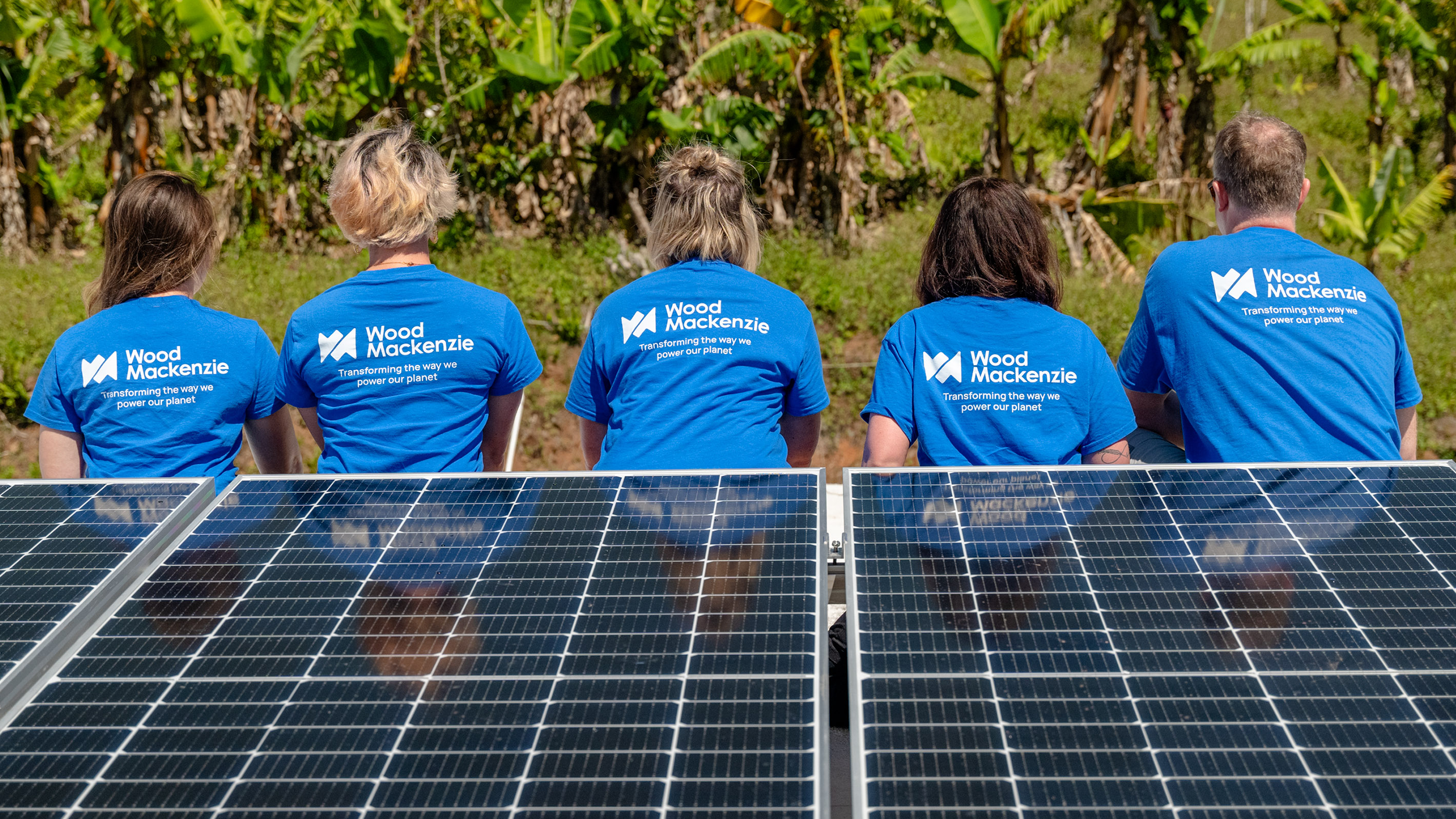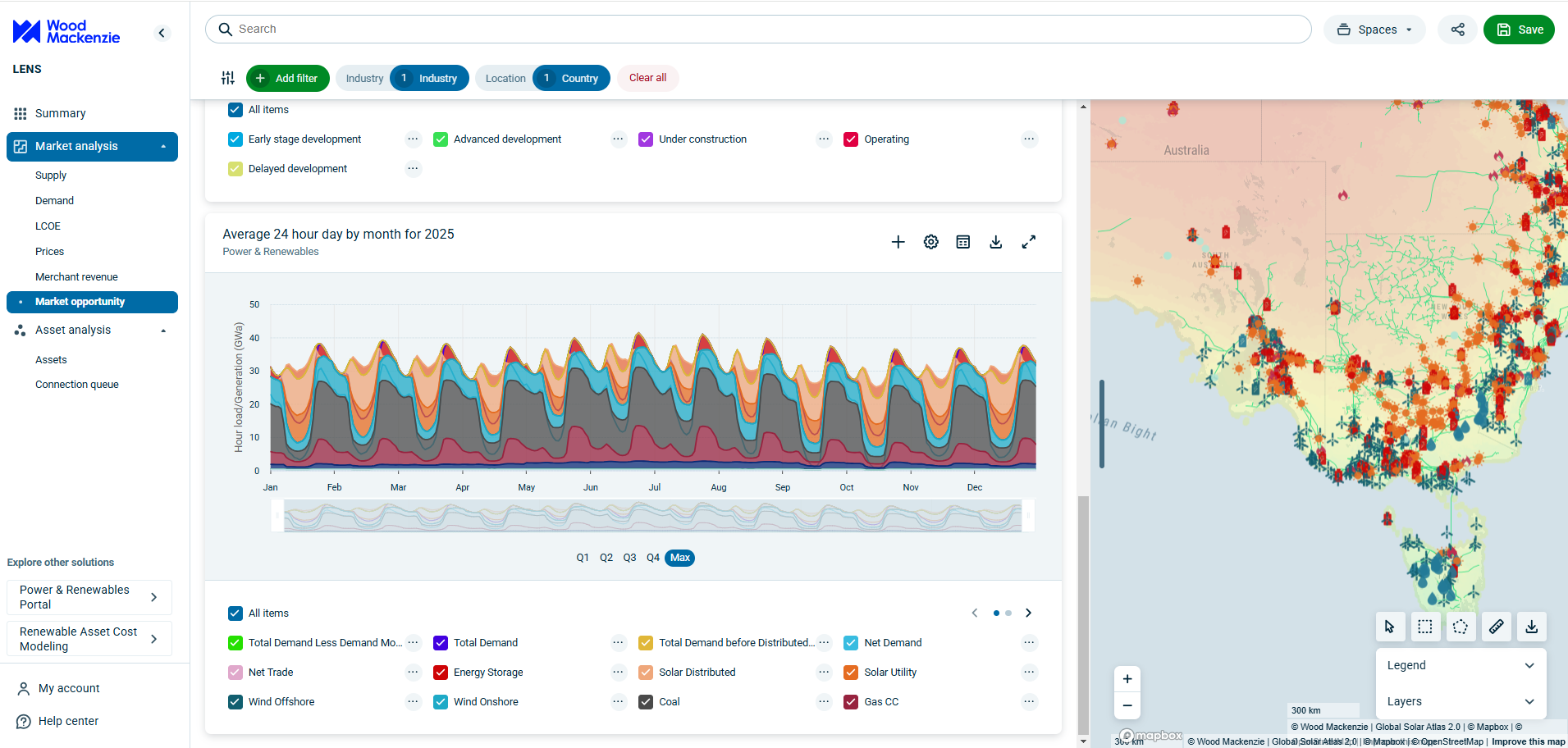Woodside Petroleum and BHP have agreed to combine their oil and gas businesses to create a new international 'super independent'.
The energy transition is writ large in the rationale of both companies. For Woodside, the combination is about creating an oil and gas business better equipped to deal with the uncertainty and upheaval of the next few decades. For BHP, this is about getting out of oil and gas altogether and leaning into 'future facing' commodities that will support its energy transition strategy.
Fill in the form to watch our short video, where our experts assess Woodside and BHP's combined portfolio using our Lens Upstream solution
Combined portfolio review: Bigger is better for Woodside
Financial strength, portfolio optionality, resilient cash flow and a top quartile carbon position will be the foundations of sustainability for E&Ps through the energy transition. Woodside and BHP’s match-up ticks all the boxes.
- Platform: a firmer financial foundation, with a combined gearing ratio of ~12% (down from 23% at end-2020), providing plenty of capital flexibility. Tick.
- Portfolio diversity: an asset base with exposure to high margin oil in deepwater Gulf of Mexico, but weighted towards long-term LNG in Australia. Tick.
- Portfolio optionality: multiple options including the likely farm-down of key projects (Scarborough, Pluto Train 2, Sangomar). Tick.
- Portfolio cash flow: solid through the next decade, supporting shareholder returns and growth in low-carbon. Tick.
- Transition: improved emissions intensity (BHP’s upstream position is top quartile on intensity and value at risk %) leaves Woodside better placed to achieve its net zero ambition, albeit from a bigger absolute base. Tick.
Fill in the form to watch our short video below, our experts assess Woodside and BHP's combined portfolio using our Lens Upstream solution






